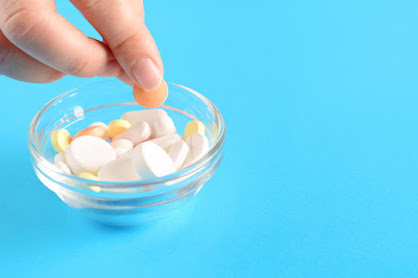Demand for Synthetic Antioxidants Is Growing Due To Its Variety of Applications in the Number of Industries
An antioxidant is a substance that increases in activity when
certain conditions are met. Some of these include the presence of free
radicals, the absence of certain vitamins or enzymes, or the presence of heavy
metals such as lead. Synthetic antioxidants are used in the products such as
pet care food, animal feed and nutrition, food and beverages, and others to
prevent the product from spoiling. Some of the most referenced synthetic
antioxidants are tert-butyl hydroquinone (TBHQ), propyl gallate (PG), butylated
hydroxytoluene (BHT), and butylated hydroxyanisole (BHA).
In processed foods, synthetic
antioxidants are usually added to give them color, flavor, or other
enhancements. An antioxidant can be considered a substance that prolongs the
shelf life of certain foods by preventing oxidation, thus preventing spoilage. The
FDA (Food and Drug Administration) has categorized these food antioxidants (such
as BHT and BHA) as generally recognized as safe, which means that they are
widely considered safe for their intended use in specified quantities. However,
FDA has deemed some butylated hydroxytoluene and butylated hydroxyanisole not
safe for consumption.
Synthetic antioxidants are also known to increase the risk of
prostate cancer. Researchers found that men who had a higher intake of BHA and
BHT had an increased risk of prostate cancer. The risk was even higher in men
who used prescription drugs containing these ingredients. Moreover, other
research suggests that low doses of butylated hydroxyanisole (BHA) are toxic to
cells, while high doses are protective (or reverse), low doses are fine, but
high doses are harmful. However, no one really knows how BHA and BHT act in the
human body.
Manufacturers use synthetic antioxidants to increase the
shelf life of the products they offer. They are either useful in preventing the
food spoilage or delaying it for a particular period. There is a growing demand
for synthetic antioxidants due to its variety of applications in the number of
industries, such as pharmaceutical, plastic, cosmetics, and polymer industry.
In November 2020, researchers from Kumamoto University in Japan developed a
system to quickly and easily measure the antioxidant capacity of food. The new
method of testing could lead to an increase in value for some foods, and help
dictate best practice when it comes to cultivation and production.

Comments
Post a Comment